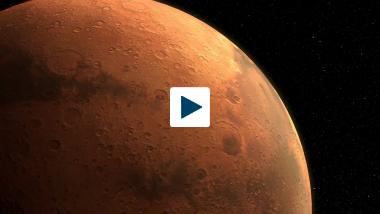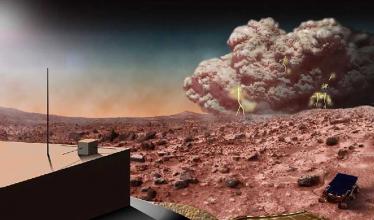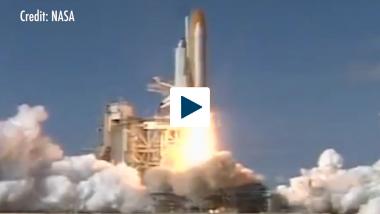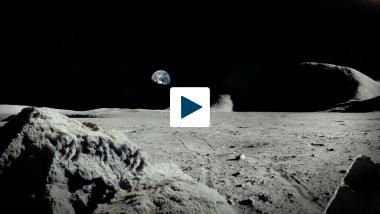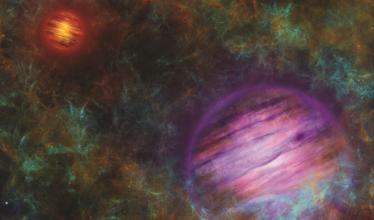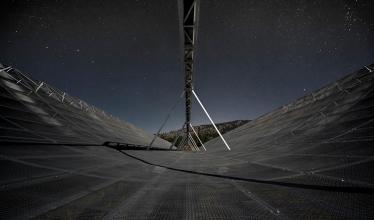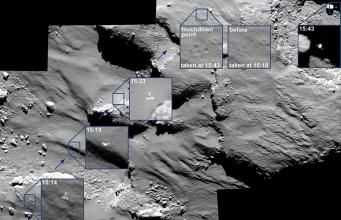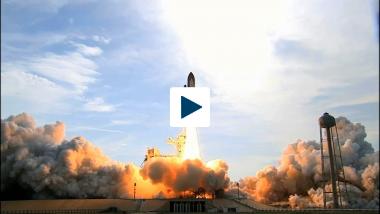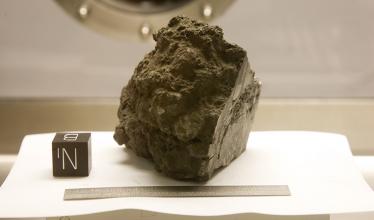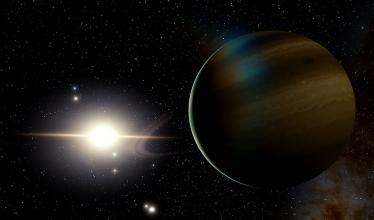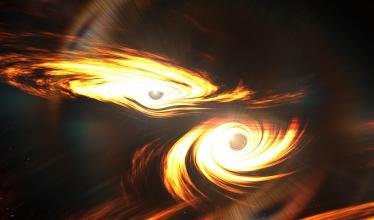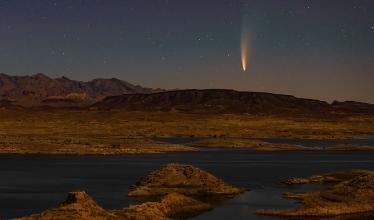Space
Scientists are working on projects to see if humans can make the trip to Mars and live there.
Experiments reveal electrical sparks might light up the raging dust storms on Mars.
The space shuttle Columbia disintegrated as it reentered the atmosphere Feb. 1, 2003.
Scientists want to mine the moon for ice to use in rocket fuel for a future refueling station.
The heavenly orbs are not quite stars and not quite planets.
Multiple researchers suggest that dead magnetic stars have likely been behind the rare, intense bursts of radio waves that began in 2007.
To researchers' surprise, Comet 67P/Churyumov–Gerasimenko has ice that's fluffier than freshly fallen snow.
Astrophysicists can now piece together the moon's past, including the role of its fleeting magnetic field.
For the first time, astronomers have discovered a planet that survived the death throes of its star.
The merger occurred when the universe was half its current age, and it may have produced the first known black hole of intermediate size
Photographers and scientists capture breathtaking images of NEOWISE as it made its world tour.

